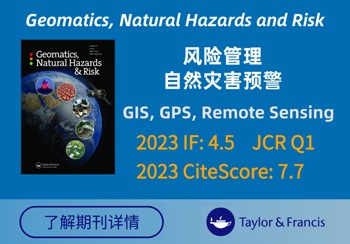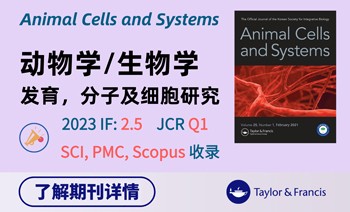当前位置:
X-MOL 学术
›
Current Directions in Psychological Science
›
论文详情
Our official English website, www.x-mol.net, welcomes your
feedback! (Note: you will need to create a separate account there.)
The development of human cortical scene processing.
Current Directions in Psychological Science ( IF 7.4 ) Pub Date : 2023-09-14 , DOI: 10.1177/09637214231191772 Daniel D Dilks 1 , Yaelan Jung 1 , Frederik S Kamps 2
Current Directions in Psychological Science ( IF 7.4 ) Pub Date : 2023-09-14 , DOI: 10.1177/09637214231191772 Daniel D Dilks 1 , Yaelan Jung 1 , Frederik S Kamps 2
Affiliation
Decades of research have uncovered the neural basis of place (or "scene") processing in adulthood, revealing a set of three regions that respond selectively to visual scene information, each hypothesized to support distinct functions within scene processing (e.g., recognizing a particular kind of place versus navigating through it). Despite this considerable progress, surprisingly little is known about how these cortical regions develop. Here we review the limited evidence to date, highlighting the first few studies exploring the origins of cortical scene processing in infancy, and the several studies addressing when the scene regions reach full maturity, unfortunately with inconsistent findings. This inconsistency likely stems from common pitfalls in pediatric functional magnetic resonance imaging, and accordingly, we discuss how these pitfalls may be avoided. Furthermore, we point out that almost all studies to date have focused only on general scene selectivity and argue that greater insight could be gleaned by instead exploring the more distinct functions of each region, as well as their connectivity. Finally, with this last point in mind, we offer a novel hypothesis that scene regions supporting navigation (including the occipital place area and retrosplenial complex) mature later than those supporting scene categorization (including the parahippocampal place area).
中文翻译:

人类皮层场景处理的发展。
数十年的研究揭示了成年后地点(或“场景”)处理的神经基础,揭示了一组选择性地响应视觉场景信息的三个区域,每个区域都假设支持场景处理中的不同功能(例如,识别特定类型的地方与在其中导航)。尽管取得了相当大的进展,但令人惊讶的是,人们对这些皮质区域如何发育知之甚少。在这里,我们回顾了迄今为止的有限证据,突出了探索婴儿期皮层场景处理起源的最初几项研究,以及解决场景区域何时达到完全成熟的几项研究,不幸的是,结果不一致。这种不一致可能源于儿科功能磁共振成像中的常见陷阱,因此,我们讨论了如何避免这些陷阱。此外,我们指出,迄今为止几乎所有的研究都只关注一般场景的选择性,并认为通过探索每个区域更不同的功能及其连通性,可以获得更深入的见解。最后,考虑到最后一点,我们提出了一个新的假设,即支持导航的场景区域(包括枕部区域和脾后复合体)比支持场景分类的区域(包括海马旁区域)成熟得晚。
更新日期:2023-09-14
中文翻译:

人类皮层场景处理的发展。
数十年的研究揭示了成年后地点(或“场景”)处理的神经基础,揭示了一组选择性地响应视觉场景信息的三个区域,每个区域都假设支持场景处理中的不同功能(例如,识别特定类型的地方与在其中导航)。尽管取得了相当大的进展,但令人惊讶的是,人们对这些皮质区域如何发育知之甚少。在这里,我们回顾了迄今为止的有限证据,突出了探索婴儿期皮层场景处理起源的最初几项研究,以及解决场景区域何时达到完全成熟的几项研究,不幸的是,结果不一致。这种不一致可能源于儿科功能磁共振成像中的常见陷阱,因此,我们讨论了如何避免这些陷阱。此外,我们指出,迄今为止几乎所有的研究都只关注一般场景的选择性,并认为通过探索每个区域更不同的功能及其连通性,可以获得更深入的见解。最后,考虑到最后一点,我们提出了一个新的假设,即支持导航的场景区域(包括枕部区域和脾后复合体)比支持场景分类的区域(包括海马旁区域)成熟得晚。


















































 京公网安备 11010802027423号
京公网安备 11010802027423号